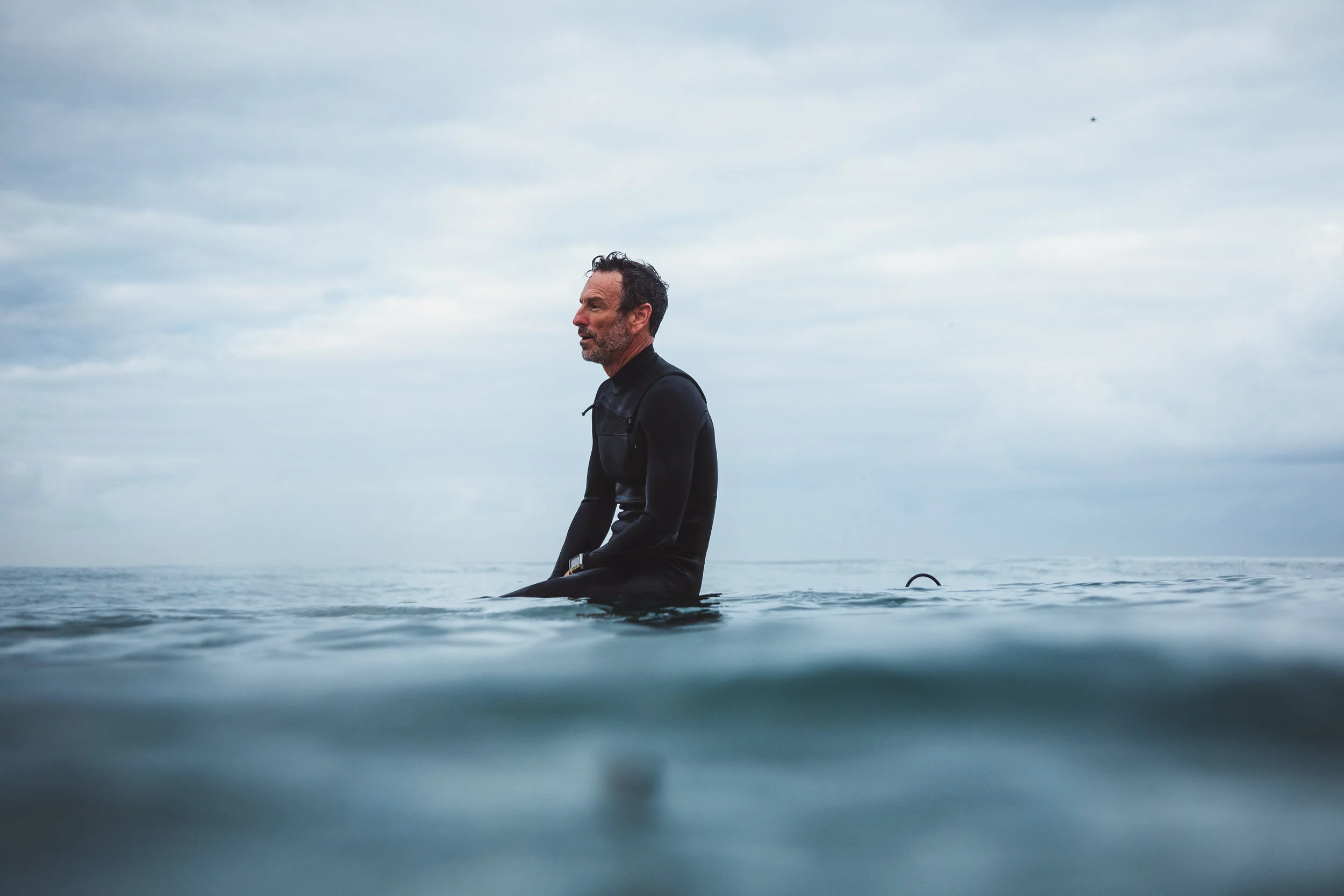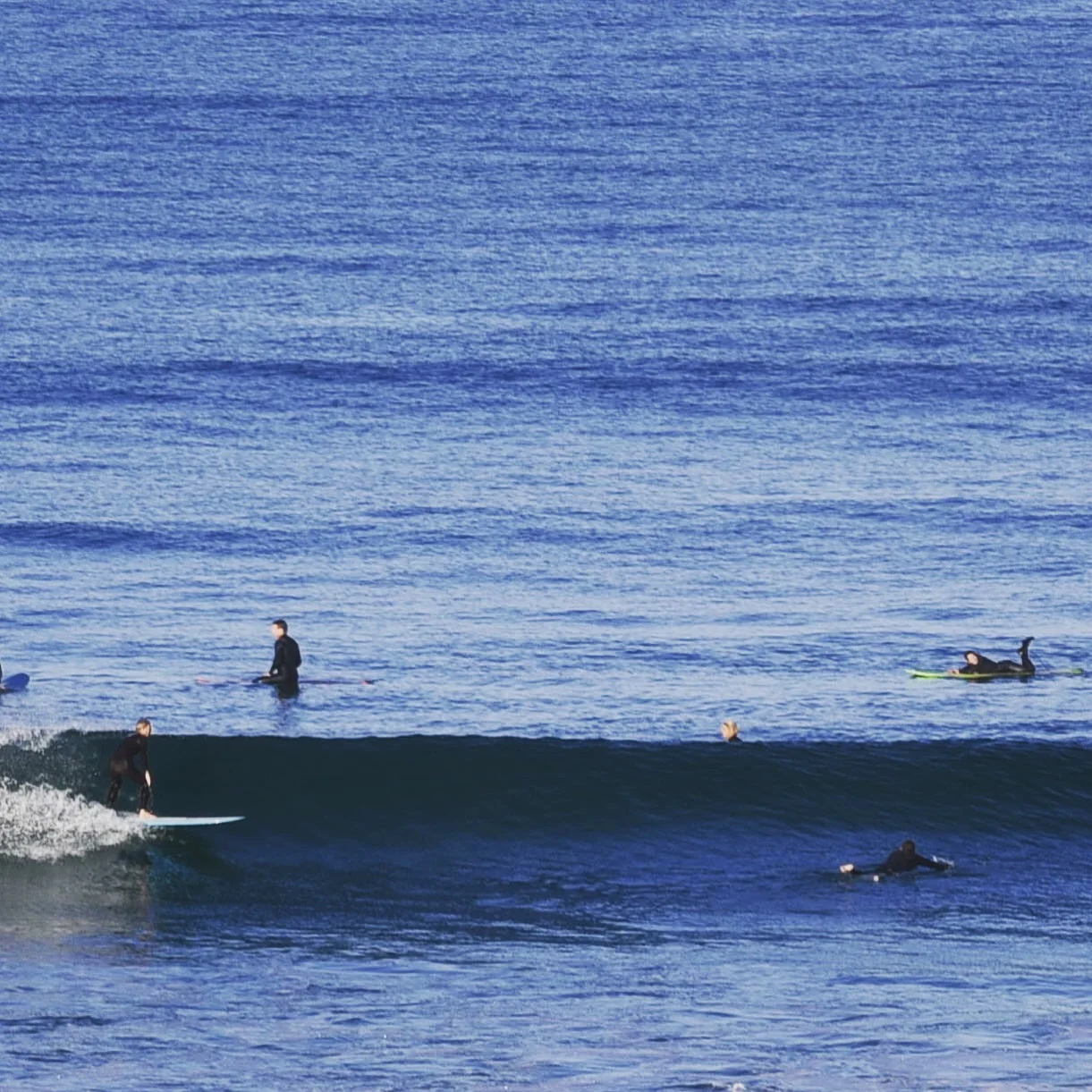Mighty is the vastness of the human heart,
like the heat that drew water from stones to form seas
our paths are all written by the living surroundings,
this life that has lived since long ago;
And you shall not see them in the words of the ancients,
nor the spoken wisdoms so many know.
Before you in crimson, illumined creation holds all our heart beatings, fills our lungs.
With hands made for working and feet build for walk’n;
live with the body in service;
And use your time wisely, you children of mothers,
born of her flesh, her toil and love.
If you are hearing this with me, blood flows within you
and numbered are the beatings of your heartbeat. - Ryan Power, Sonoma County, California
I once heard the human experience of time described in terms of zones; much like how Eastern Time is divided from Mountain Time, or Central Time is divided from Pacific Time, there are zones that we as conscious beings inhabit and move through, each providing its own unique lens that influences our perceptions, behaviors and conclusions.
There are moments in which the mind is hurled three-hours ahead, scanning for possibility and pitfall, and there are moments in which one’s existence is drawn into the past evaluating decisions and analyzing consequences. Each of these zones, and everything in between, is important and has its function to living a breadth of experience. It is significant to reflect on the route that we traveled to get to the present; we need to weigh the efficiency of our plans and the lessons learned from our steps. As the saying goes, history is the best teacher. Equally important, is the horizon; we cannot fully know the direction in which we head unless we have a bearing to chart the course. Peering into tomorrow is a valuable practice that births dreams, vision and hope.
However, dwelling in the epochs of history and future can be detrimental. The teachers of memory and expectation possess an unruly shadow; the past handing out judgements of regret and shame, the future casting fears of deficit, “maybe” and perfectionism. Worse than these malaises, the “happened” and the “will happen,” rob us from the present moment, the open field in which our divinely inspired existence is animated, activated and actualized. The here and now is the thin place where transcendence and immanence mingle, where our lungs fill with primordial breath, our eyes behold the dawn of creation, our ears resonate with the vibration of the universe and our hearts pulse with infinite love. The present moment, even when under the duress of difficulty and pain, is where we see and encounter our truest Self, it is where we encounter the gift and mystery of the Other. It is the only thing that is genuinely real; the only space and time that can be inhabited; the only stage that the drama of our immediate life is lived out; the only landscape where being and becoming authentically human takes shape. As Thoreau says, “Now or never! You must live in the present, launch yourself on every wave, find your eternity in each moment. Fools stand on their island opportunities and look toward another land. There is no other land; there is no other life but this.”
Throughout human history, cultures have understood the fecundity of the present moment and have distinguished it over and against clock-time that is consumed with the work of completing daily tasks. The moment has been understood as the portal to ground one’s self, to discern greater meaning, to awaken kindness, to ignite bravery, to spark innovation and to rest in gratitude. The ancient Greeks distinguished these peculiar zones as chronos and karios; the former being a chronology of seconds, minutes, days, weeks, months and years, and the latter being a point of invitation to behold the infinite possibility of human greatness.
While everyday life is lived out in the constraints of dawn and dusk, if it is only embraced as a succession of tasks and events, and never reflected upon to understand its meaning and potential, a frenzy emerges that “is violence to the soul,” as Thomas Merton says, “killing an inner-capacity for peace which makes our work fruitful.”
To quote the famous passage in Walden, “Most [people] lead lives of quiet desperation and die with their song still inside them.”
How much of our waking moments are spent with only the toil of a calendaring existence, a reduction of our identity to dates and places, past and future, all the while missing purpose, benevolence, resilience, generativity and intuition, the stuff that reveals divinity’s indelible imprint upon humanity’s musical score?
Human history is written with the ink of existentially perplexing questions of reason, belonging, intent, morality and beauty. Though modern-day technologies and lightspeed activity nuance this chapter of that narrative, humankind has always struggled with the shrewd task of meaning making. Spiritualists, poets, artists, musicians, philosophers and sages have whispered, and at times shouted, to the mind-numbed masses in fields and cities that there is more to life than the temporal activity marked by pocket watches and clocktowers. Each generation births prophets who enter in into Plato’s Cave seeking to free the hearts of minds from firepit-shadows, inviting them to step outside and see with renewed vision what lies beyond the veil, what calm rests beneath the surface, what threads strengthen the rope of our toil, what virtue informs our action and what kindness motivates our civility. This ancient summons that echoes today, is not a call to a life devoid of activity, tasks and responsibilities but a life enriched by the substance, the essence and the value of these labors; an informed presence that responds to the depth of the moment, not simply reacts to the trigger of the instant.
Time has always been understood to be pregnant with messages that re-member and re-collect the core of our enterprises shifting them away from a fragmented exertion to a wholeness that permeates our ethics, interactions and principles with excellence and goodness. Even the etymology of our words that we use to denote calendar periods are rooted in the rich soil of sowing and harvesting, suggesting that time is the framework in which our actions and interactions plant seeds and reap qualitative fruit.
Spiritual traditions across cultures have literally and metaphorically rang bells throughout each day to remind its people to live attentive lives. This mindful presence is a cognizant awareness of one’s surroundings, but even more so, a discerning watchfulness to perceive the potential significance of that snapshot in time. This attentive life is not simply living in the moment for the moment’s sake; rather, it understands that the moment is where encounter happens; encounter with the Self, with the Other, and with the Natural world around us.
The mindful self, as psychologists have coined the term, is a broader observation, a “meta-awareness” of the micro-circumstance that creates space for an objective observation that actually yields an authentic subjective experience; one that is empowered to examine emotional triggers, psychosocial stimuli and prejudices, self-regulating negative and irrational reactions with prosocial and non-judgmental responses. Like aperture and shutter speed on a camera, mindfulness opens the internal eye allowing greater light to illumine the sensor of the soul, while simultaneously slowing the discernment process of capturing all pertinent data.
Living in the present moment, self-awareness, daily-examine, etc., all are terms and practices that invite us to recognize the often distorted and biased images that color and influence our perceptions of the Self, the Other and the external world. By slowing the tempo and scanning the knee-jerk reactions of fearful egotism, it opens us to the possibility of actualizing an altruistic identity that is marked by awe, wonder, empathy, hospitality and generosity. Moving from the circumference of selfishness - a worldview that sees the Other as an object to be used or worse as a threat to be defeated – the mindful self is centered, seeing with clarity what the twentieth century Rabbi/philosopher, Martin Buber called, I-Thou – a mutuality of worth, dignity, meaning and significance; a synergistic posture that celebrates and maintains the particularity of each and the unity of both.
This observant self is developed by addressing the concentric circles of being and relating, mind and body. The act of meditation, even prayer, focuses the process of the intellect training the mental muscle toward an attentiveness that distinguishes the forest from the trees, an awareness permeated with calm and emotional stability. “It is the contemplation of the facts of life from the highest point of view,” says Emerson. “The soliloquy of a beholding and jubilant soul.”
The body too carries an intelligence that educates the mindful self. The ancient art of Yoga, body-scanning and introspective-movement, such as Tai Chi, promote a comprehension of somatic intuition. As one familiarizes itself with the interior landscape of bone, ligament, respiration, diet, digestion and mood swings, they become conversant in a physical conversation between mind and body, a linguistics of the central nervous system.
Even the way in which we interact with each other can be profitable and abundant in training the Self to witness the liminal space between us as sacred, a juncture where Franciscan Priest, Richard Rohr says, “the old world is able to fall apart, and a bigger world is revealed.” Intentional listening, non-judgmental presence and charitable discourse are means to welcome the Other as fully and equitably human, endowed with the same inalienable worth and indispensable service as the one who beholds them.
The Natural world is also an ashram of wisdom to nourish the authentic Self away from narcissistic illusions. Mountains, grasslands, rivers, oceans, plants, trees, insects and animals lift the self-centered gaze of manifest destiny and dominion theology, to an environmental empathy of interdependency, consequence and beauty. “People are beginning to find out that going to the mountains is going home,” says Muir; “that wildness is a necessity; and that parks and reservations are useful not only as fountains of timber and irrigating rivers, but as fountains of life.”
Slow is fast. The more intentional we embrace and live squarely in each moment, the more accelerated and empowered we are to become fully human; to witness all of our breaths, our work, our relationships and the land in which we build our homes as infinite gifts and divine invitations. Centeredness, and the mindful self, open the door to a revelation of connectedness, a universality that encompasses all.
Article by Mark Carter & Image by Sarah Lee
###




















